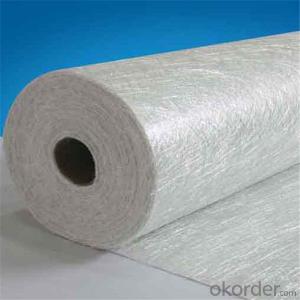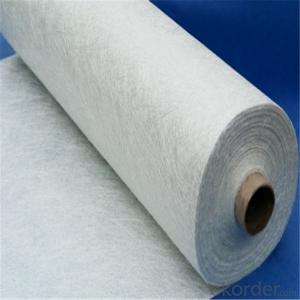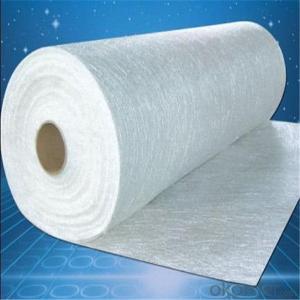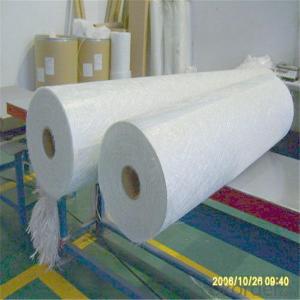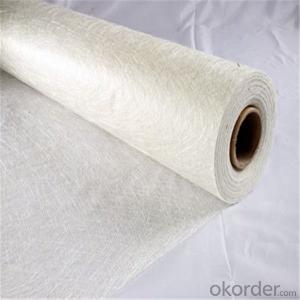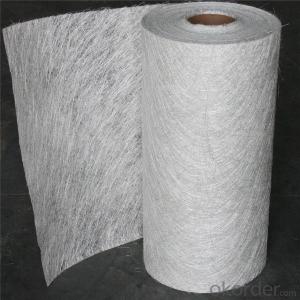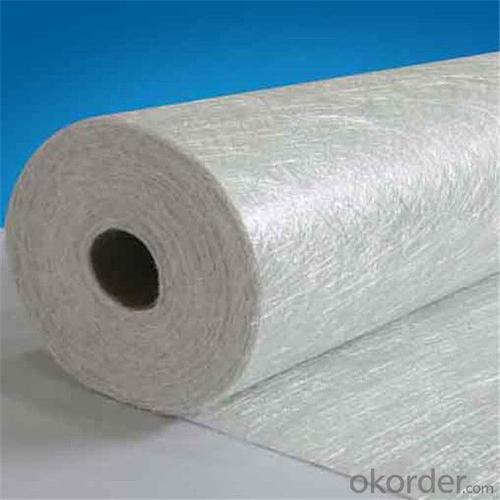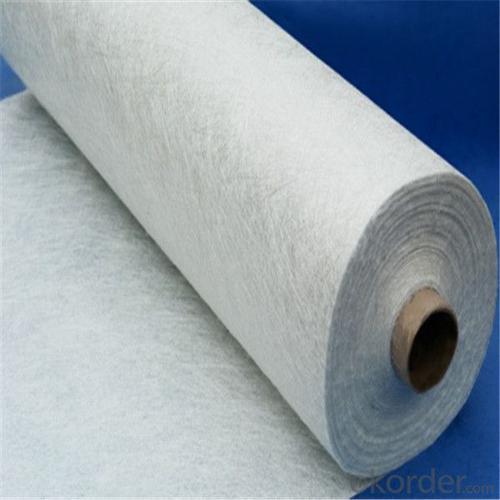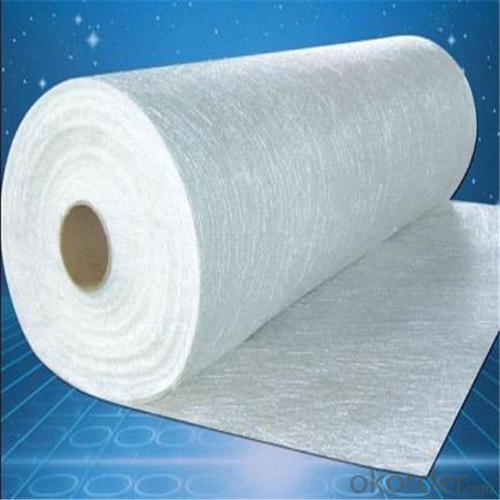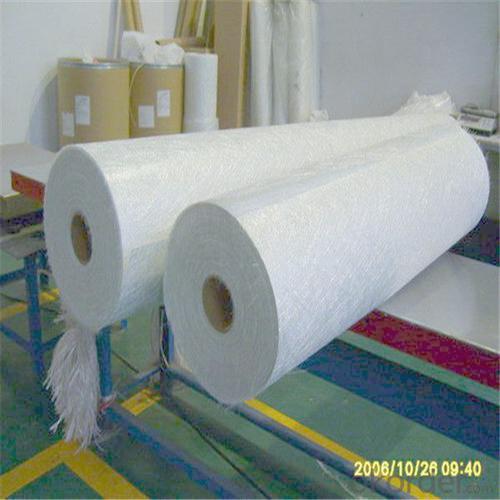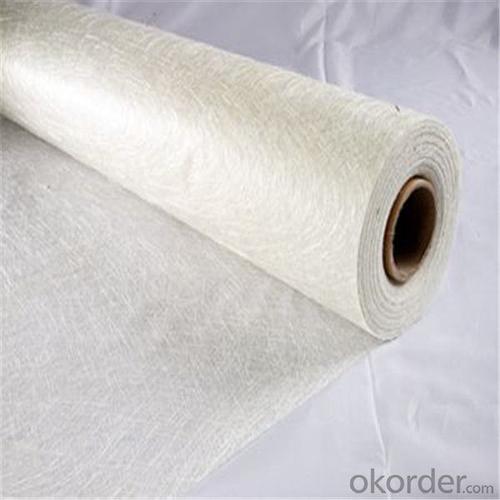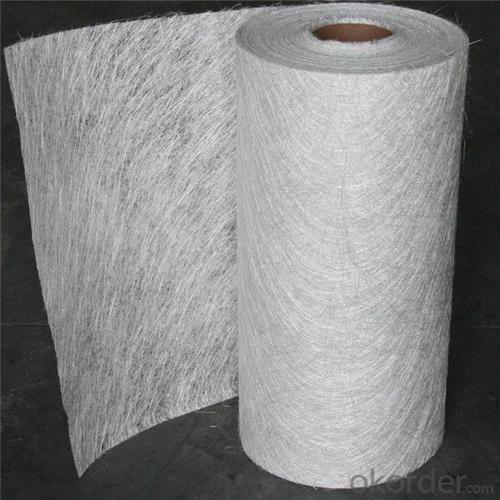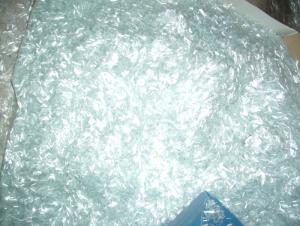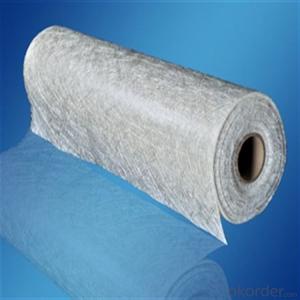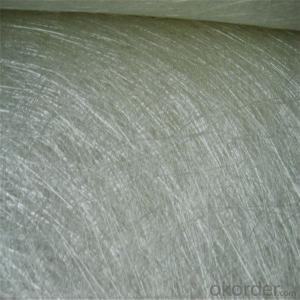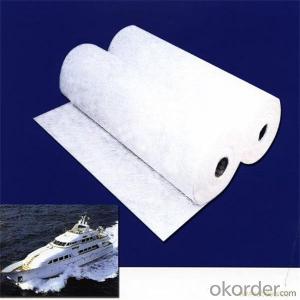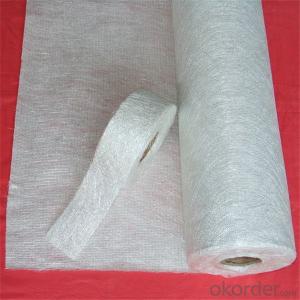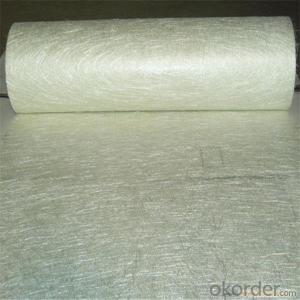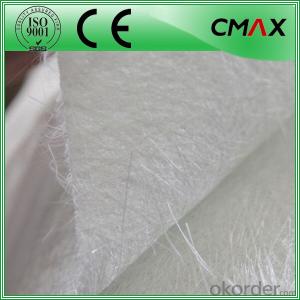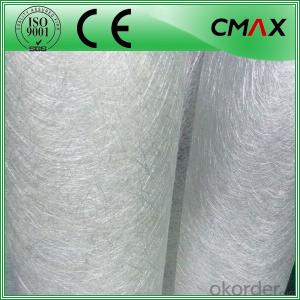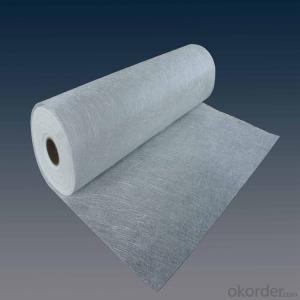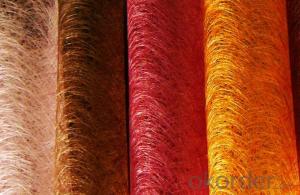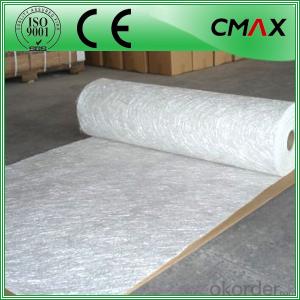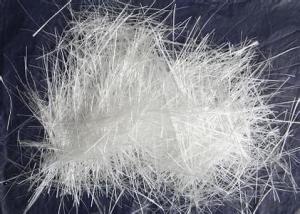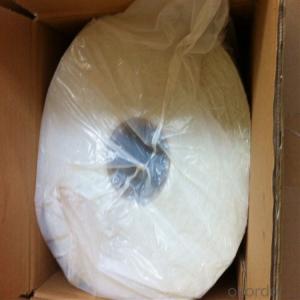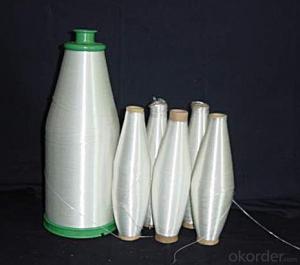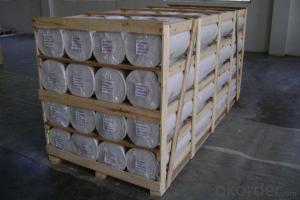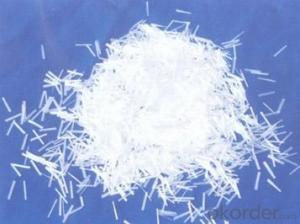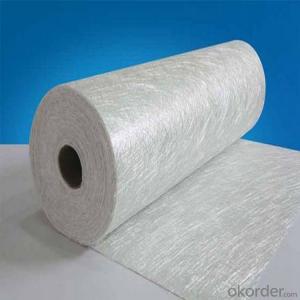Fiberglass Chopped Strand Mat Jushi Flame Retarded Chopped Strand Fiberglass Mat
- Loading Port:
- Tianjin
- Payment Terms:
- TT OR LC
- Min Order Qty:
- 100 m.t.
- Supply Capability:
- 10000 m.t./month
OKorder Service Pledge
OKorder Financial Service
You Might Also Like
Quick Details
| Technique: | Chopped Strand Fiberglass Mat (CSM) | Dimensions: | 80g - 900g | Mat Type: | Continuous Filament Mat |
| Fiberglass Type: | E-Glass | Softness: | soft, very soft | Place of Origin: | Shandong, China (Mainland) |
| Brand Name: | cnbm | Model Number: | CSM | material: | fiberglass |
| Glass type: | E glass / C glass | Bond type: | powder or emulsion | Roll width: | 200 - 2600mm |
| Roll weight: | 28 - 55kgs | Density: | 225g/m2, 300g/m2, 450g/m2 | Certification: | ISO, CE |
Packaging & Delivery
| Packaging Details: | standand export packing . or packed as customer's need |
| Delivery Detail: | 10-20days after the contract is effective |
Specifications
Fiberglass Chopped Strand Mat
1.good combination fo resin
2.easy operation
3.good wet strength retention
Specification:
Fiberglass Chopped Strand Mat is an non-woven E- or C-glass fiberglass fabric manufactured by spreading continuous filament rovings of 50mm in length randomly and uniformly in combination with polyester binder in power form (or other binder in emulsion form). Powder or Emulsion fiberglass fiber chopped glass mat
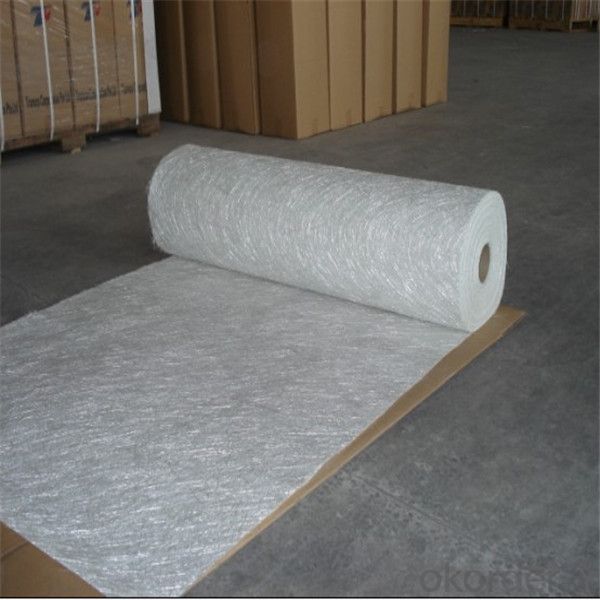
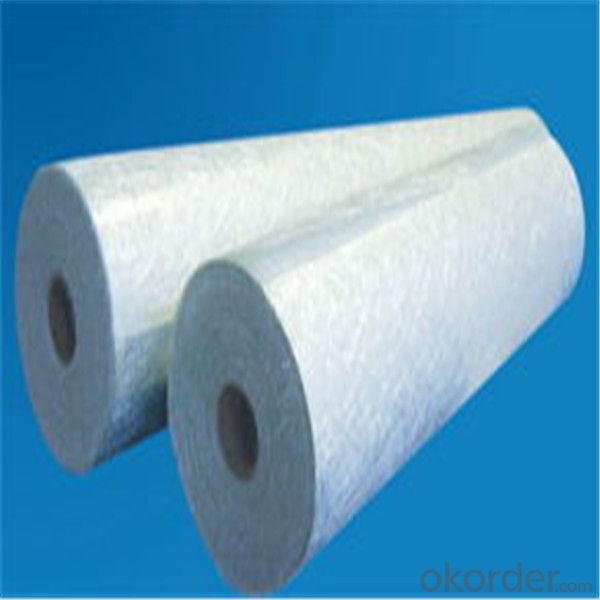
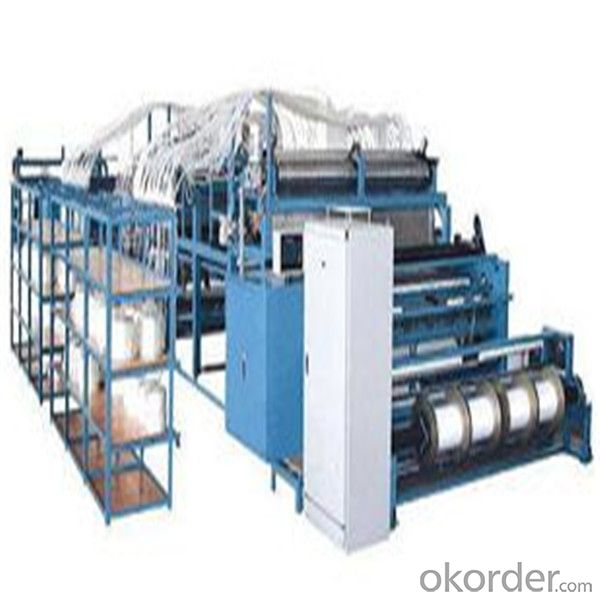
- Q: Can fiberglass chopped strand be used in wind turbine rotor blades?
- Yes, fiberglass chopped strand can be used in wind turbine rotor blades. Fiberglass is a commonly used material in the manufacturing of rotor blades due to its high strength, lightweight properties, and ability to withstand harsh weather conditions. Chopped strand is often added to the resin matrix to enhance the mechanical properties and improve the overall performance of the rotor blades.
- Q: Can fiberglass chopped strand be used in insulation applications?
- Indeed, insulation applications can make use of fiberglass chopped strand. Due to its exceptional thermal resistance properties, fiberglass chopped strand is frequently employed as a material for insulation. Its structure adeptly captures air pockets, effectively diminishing heat transfer and sustaining a consistent temperature within the insulated area. Moreover, the lightweight, durable, and moisture-resistant nature of fiberglass chopped strand insulation renders it appropriate for various insulation needs. Whether it is for residential structures, commercial establishments, or industrial facilities, fiberglass chopped strand insulation offers a reliable solution for thermal insulation demands.
- Q: Can fiberglass chopped strand be used in the production of wind turbine hubs?
- Fiberglass chopped strand is indeed suitable for the production of wind turbine hubs. This type of glass fiber reinforcement is widely utilized across various sectors, including the manufacturing of wind turbine parts. It imparts strength, stiffness, and durability to the end product, making it a perfect material choice for wind turbine hubs. By combining the fiberglass chopped strand with resin and shaping it accordingly, a lightweight yet sturdy hub can be achieved, capable of withstanding the forces and stresses encountered during wind turbine operation. Moreover, fiberglass possesses corrosion resistance and outstanding fatigue resistance, rendering it highly suitable for long-term usage in wind turbine hubs.
- Q: What are the typical fire safety regulations for fiberglass chopped strand composites?
- The typical fire safety regulations for fiberglass chopped strand composites vary depending on the specific application and industry standards. However, there are several general principles and regulations that are commonly followed to ensure fire safety in these composites. Firstly, it is important to understand that fiberglass chopped strand composites are inherently fire-resistant due to the non-combustible nature of the glass fibers. However, the surrounding matrix material used to bind the fibers together and provide structural properties may vary in terms of fire resistance. One common regulation is to use fire-retardant matrix materials in the manufacturing process of fiberglass chopped strand composites. These fire-retardant resins or polymers are specifically designed to reduce the flammability and slow down the spread of fire. They often contain additives or fillers that inhibit combustion and release fewer toxic fumes when exposed to fire. Additionally, the fire safety regulations may require specific testing and certification standards for fiberglass chopped strand composites. These tests typically evaluate the material's reaction to fire, such as flame spread, smoke generation, and heat release. The most commonly used fire tests for composites are the ASTM E84 (Surface Burning Characteristics) and UL94 (Flammability of Plastic Materials) tests. Furthermore, the regulations may also address the installation, handling, and storage of fiberglass chopped strand composites to minimize fire risks. This may include guidelines for proper ventilation, storage of flammable materials away from composites, and the use of fire-resistant barriers or coatings in specific applications. It is crucial for manufacturers, designers, and end-users of fiberglass chopped strand composites to consult the relevant industry standards, codes, and regulations specific to their application. Compliance with these regulations ensures the safe use and minimizes the fire hazards associated with these materials.
- Q: Is glass fiber reinforced plastics industry a polluting industry?
- Glass fiber short cut product function1, a glass fiber chopped into various types of plastic, resin, auto parts, BMC, SMC, friction material, gypsum board, glass steel, composite materials, electrical appliances and other products or in construction, can significantly improve the strength, crack resistance, wear resistance etc..2, glass fiber chopped added to prevent crack occurrence and expansion of the role of cement and concrete, promote the concrete impermeability and thawing performance and improve the frost resistance of concrete is improved, impact toughness, and promote to improve the durability of concrete.3. The strength and service life of glass fiber yarn can be obviously increased by adding water tank, roofing floor, swimming pool, septic tank, sewage treatment pond and other construction materials.
- Q: Is fiberglass chopped strand compatible with different recycling processes?
- Yes, fiberglass chopped strand is compatible with different recycling processes. Fiberglass is a versatile material that can be recycled through various methods such as mechanical recycling, chemical recycling, and thermal recycling. In mechanical recycling, the fiberglass chopped strand can be shredded and processed into new fiberglass products. Chemical recycling involves breaking down the fiberglass into its basic components, which can then be used to produce new materials. Thermal recycling, on the other hand, involves using heat to transform the fiberglass into energy or other useful byproducts. These different recycling processes ensure that fiberglass chopped strand can be recycled and reused instead of ending up in landfills, making it an environmentally-friendly option.
- Q: Where can I cut short glass fiber?
- Let's talk about the concept, also called glass fiber short cut, or glass fiber segment, usually using a special soaking agent of the original silk, through wet short cut online.
- Q: Is fiberglass chopped strand compatible with vinyl ester resin?
- Yes, fiberglass chopped strand is compatible with vinyl ester resin. Vinyl ester resin is a type of thermosetting resin that is commonly used in fiberglass composite applications due to its excellent chemical resistance, mechanical properties, and high heat resistance. Fiberglass chopped strand, which consists of short fibers of glass, is often used as a reinforcement material in composite fabrication. When combined with vinyl ester resin, the chopped strand helps to enhance the strength and stiffness of the composite material. The resin binds the chopped strand fibers together, creating a strong and durable composite that is resistant to various chemicals and environmental conditions. Therefore, fiberglass chopped strand and vinyl ester resin are compatible and can be successfully used together in composite manufacturing processes.
- Q: What are the fatigue strength properties of fiberglass chopped strand?
- The ability of fiberglass chopped strand to endure repeated loading and unloading cycles without failing or deteriorating is what is referred to as its fatigue strength properties. Fiberglass chopped strand is commonly utilized in different fields where durability and resistance to fatigue are crucial, such as the automotive industry, construction, and marine applications. Several factors influence the fatigue strength of fiberglass chopped strand, including the quality of the resin matrix used to bind the strands, the length and orientation of the strands, and the overall quality of the manufacturing process. When manufactured and processed correctly, fiberglass chopped strand can display excellent fatigue strength properties. Fiberglass chopped strand typically exhibits a long fatigue life, allowing it to endure thousands or even millions of loading cycles without failing. This is because of the inherent properties of fiberglass, such as its high tensile strength and stiffness, which effectively distribute and absorb stress throughout the material. Moreover, the orientation of the chopped strands significantly impacts the fatigue strength properties. When the strands are randomly oriented, the fatigue resistance may be lower compared to aligned or continuous fibers. Nonetheless, the use of advanced manufacturing techniques, like controlled fiber alignment or weaving, can enhance the fatigue strength properties of fiberglass chopped strand. It's important to consider that various external factors, such as temperature fluctuations, exposure to chemicals, and environmental conditions, can influence the fatigue strength of fiberglass chopped strand. These factors can potentially degrade the material over time, reducing its fatigue resistance. In conclusion, fiberglass chopped strand is renowned for its excellent fatigue strength properties when properly manufactured and processed. It provides a durable and reliable material choice for applications that require resistance to cyclic loading, making it a popular option in industries where fatigue resistance is essential.
- Q: Can fiberglass chopped strand be used for reinforcement in 3D printing?
- Indeed, in the realm of 3D printing, fiberglass chopped strand has the potential for utilization as a reinforcement. Due to its impressive mechanical properties and high strength-to-weight ratio, fiberglass chopped strand is widely employed in diverse industries. By incorporating it into thermoplastics or thermosetting resins, the overall strength and stiffness of printed components can be greatly enhanced. Nevertheless, it is crucial to acknowledge that the employment of fiberglass chopped strand in 3D printing may necessitate modifications to both the printing process and equipment. This is due to its abrasive nature, which can lead to wear on standard nozzles. Additionally, in order to achieve optimal reinforcement, it is imperative to ensure proper dispersion and alignment of the chopped strands within the printing material. In conclusion, with appropriate adjustments and precautions, fiberglass chopped strand can indeed be effectively employed as a reinforcement material in 3D printing applications.
Send your message to us
Fiberglass Chopped Strand Mat Jushi Flame Retarded Chopped Strand Fiberglass Mat
- Loading Port:
- Tianjin
- Payment Terms:
- TT OR LC
- Min Order Qty:
- 100 m.t.
- Supply Capability:
- 10000 m.t./month
OKorder Service Pledge
OKorder Financial Service
Similar products
Hot products
Hot Searches
Related keywords
